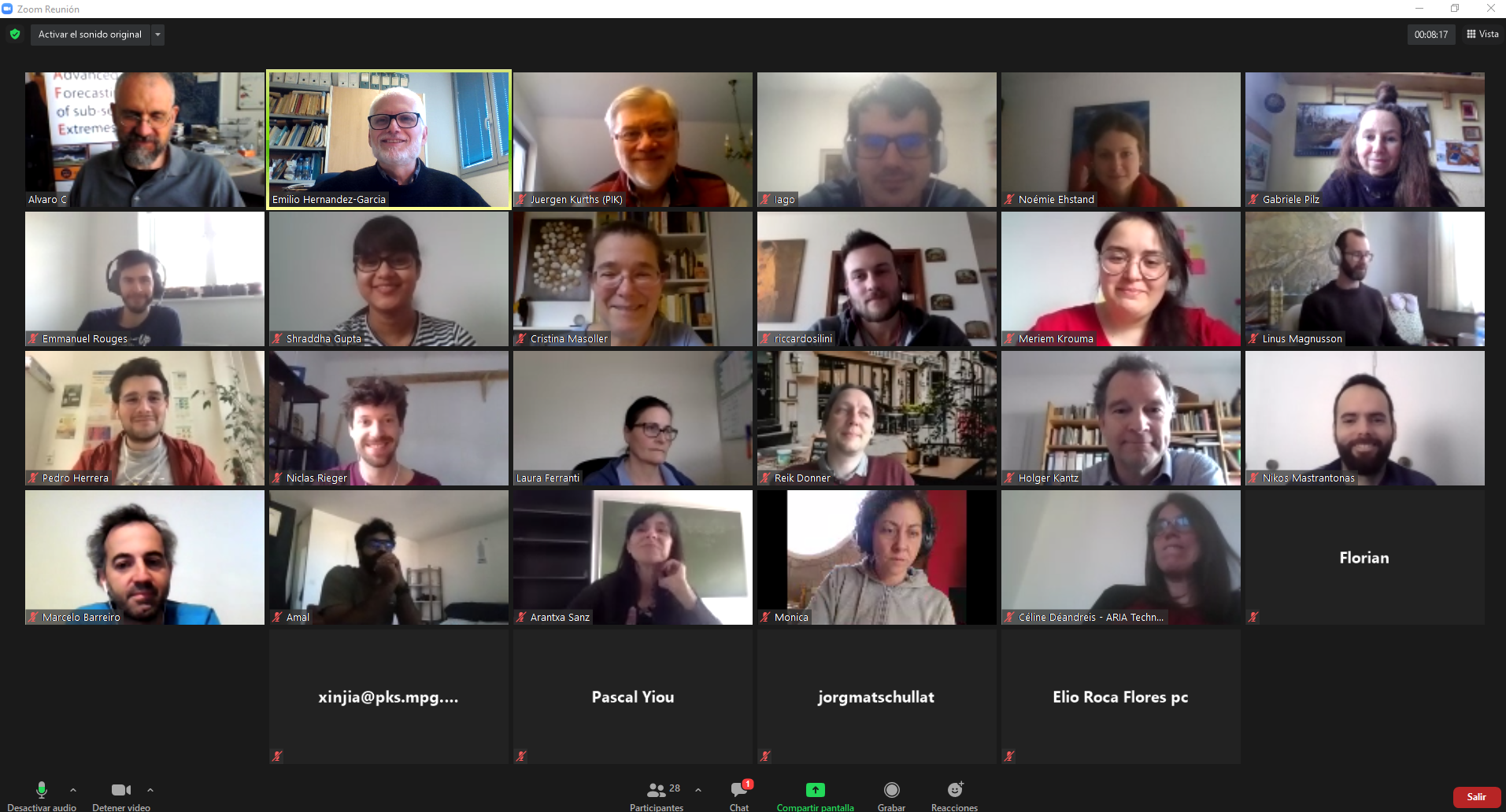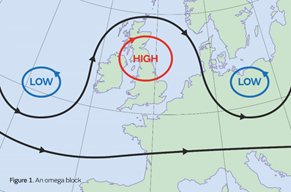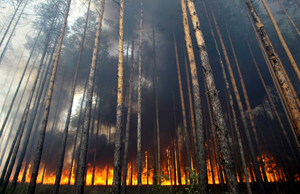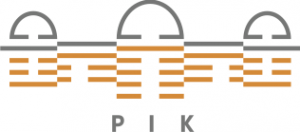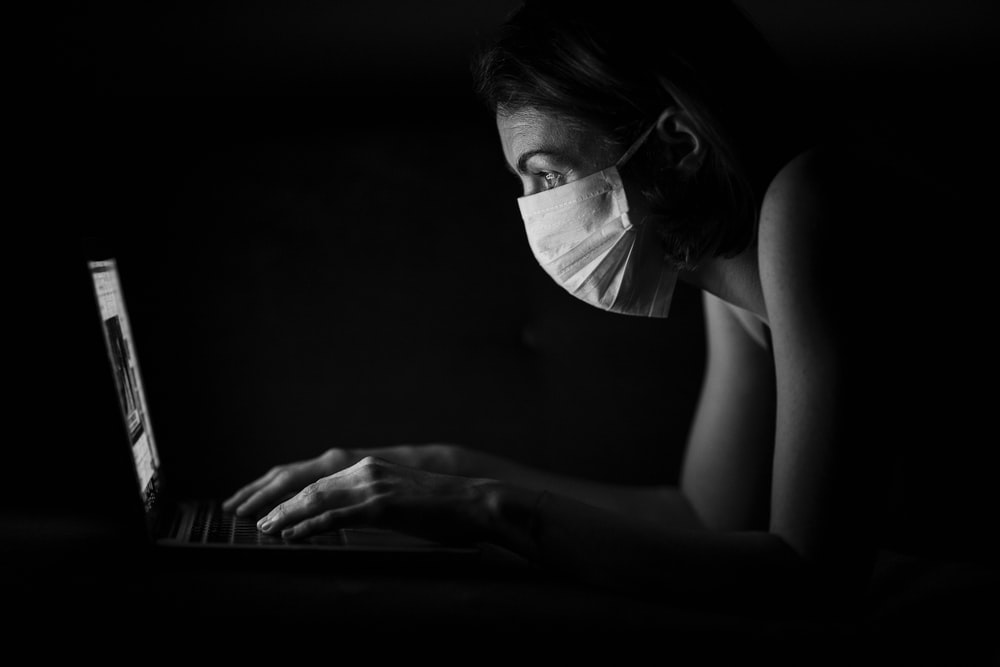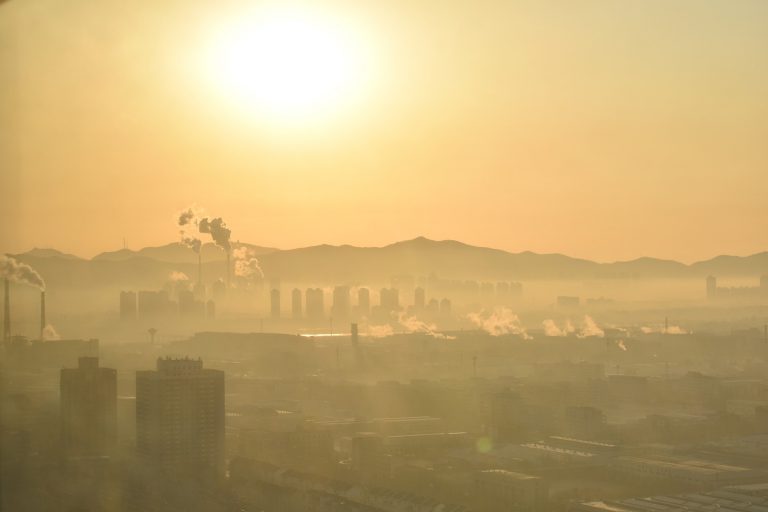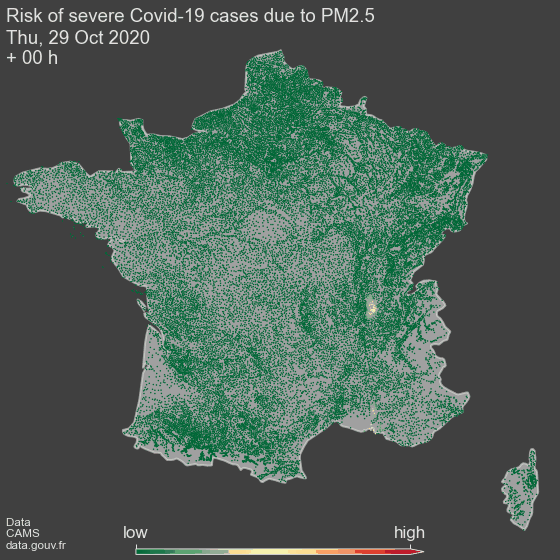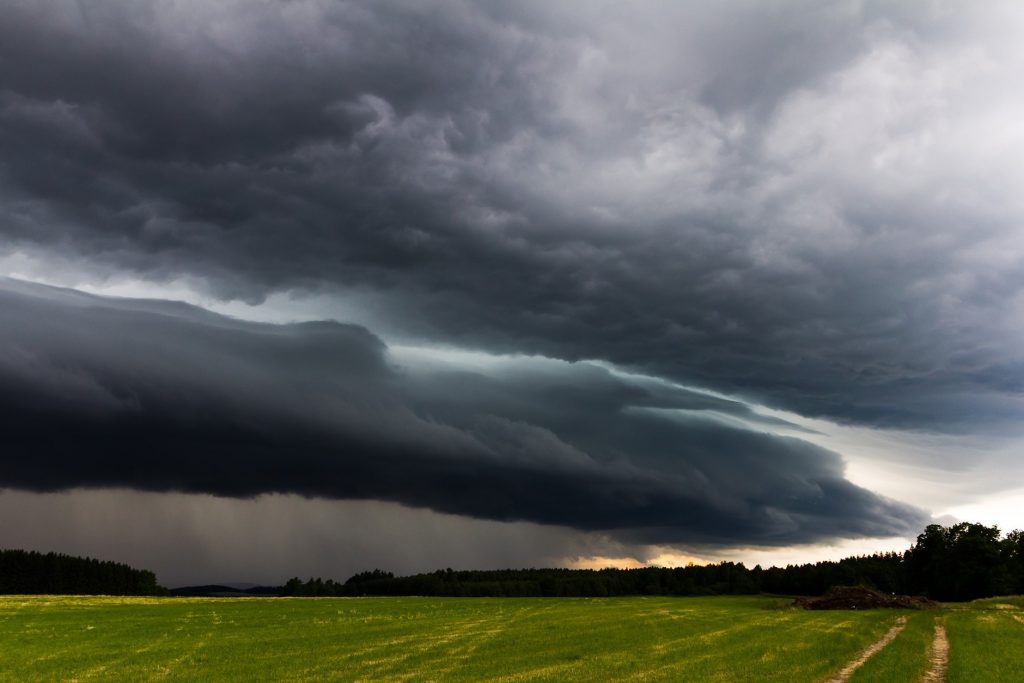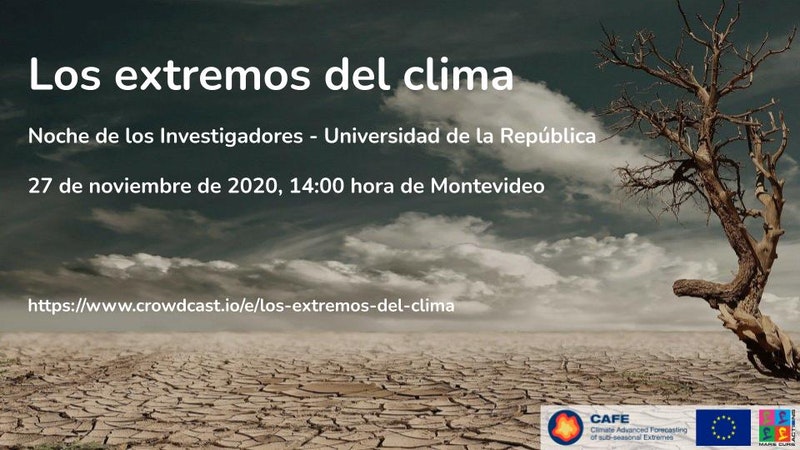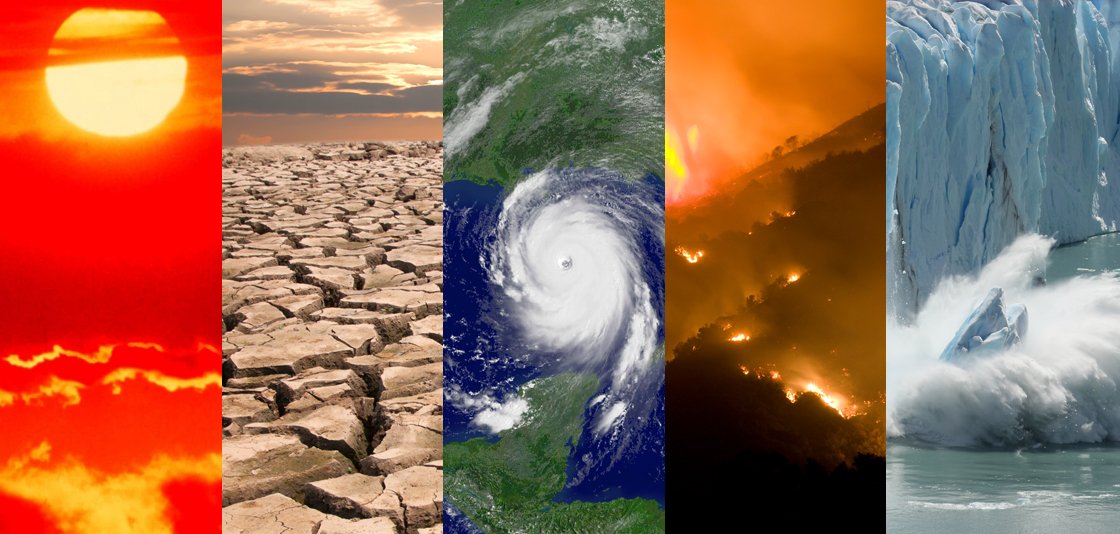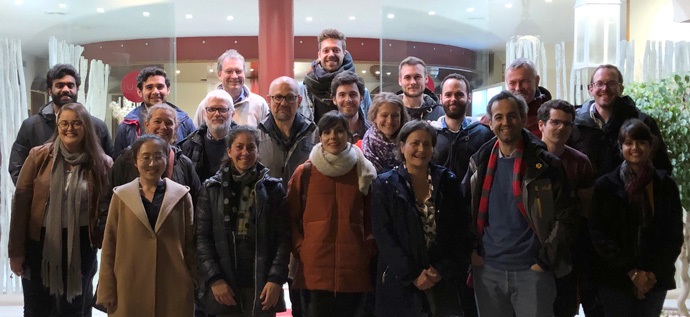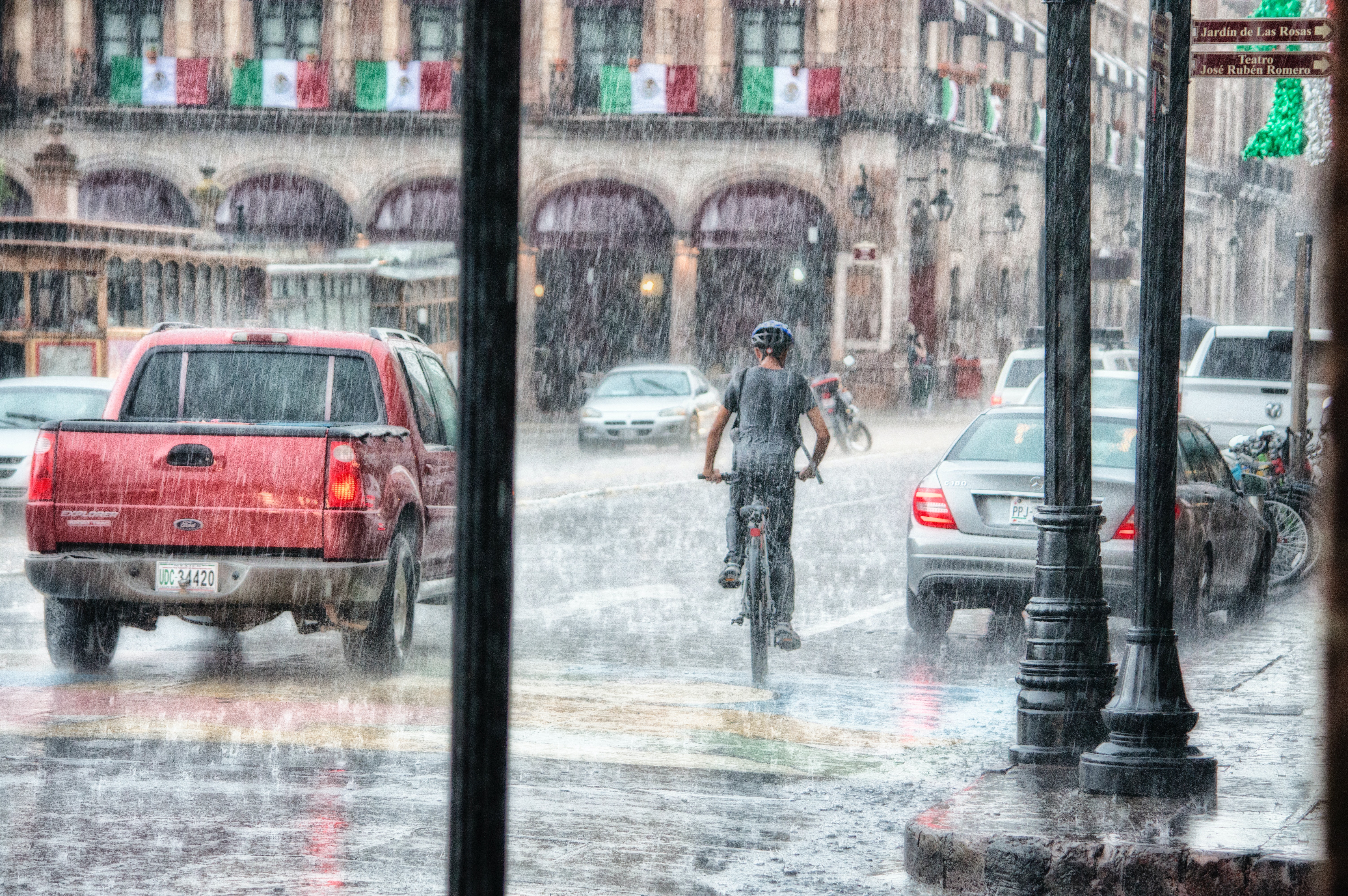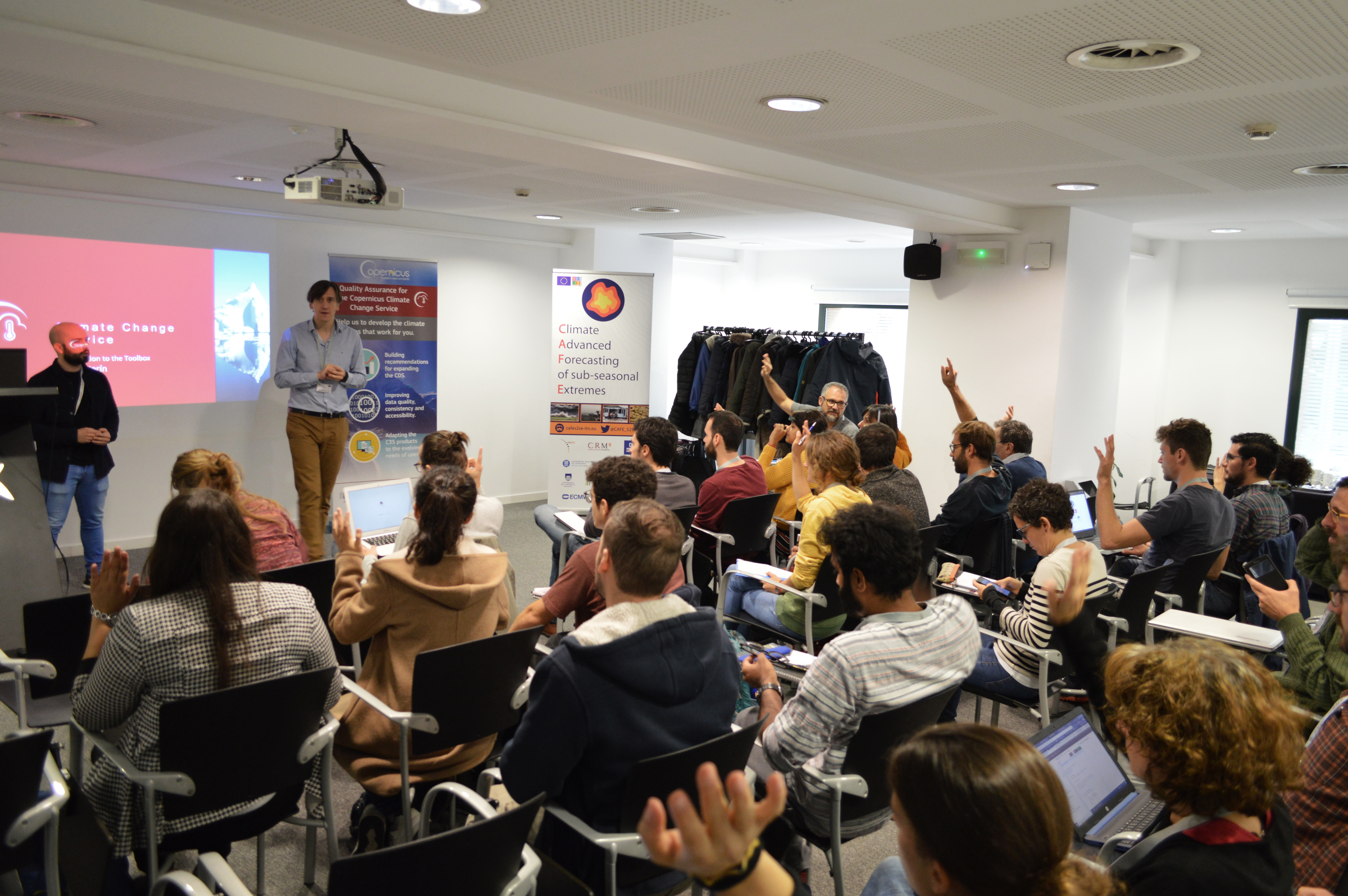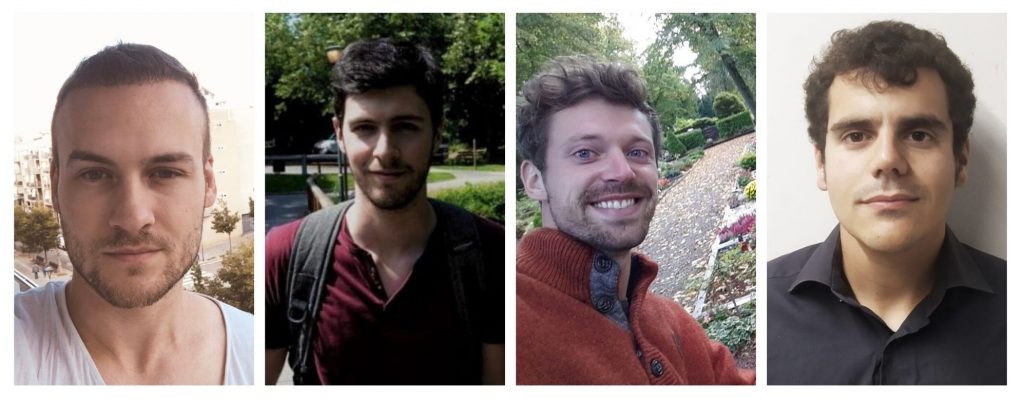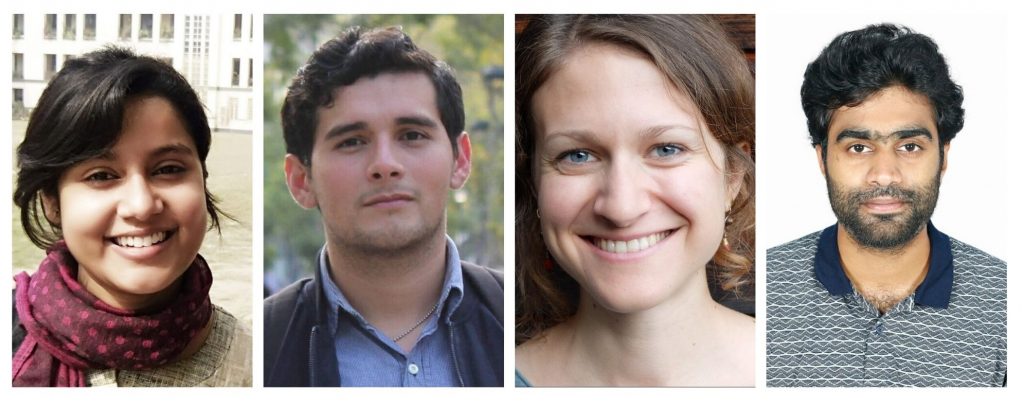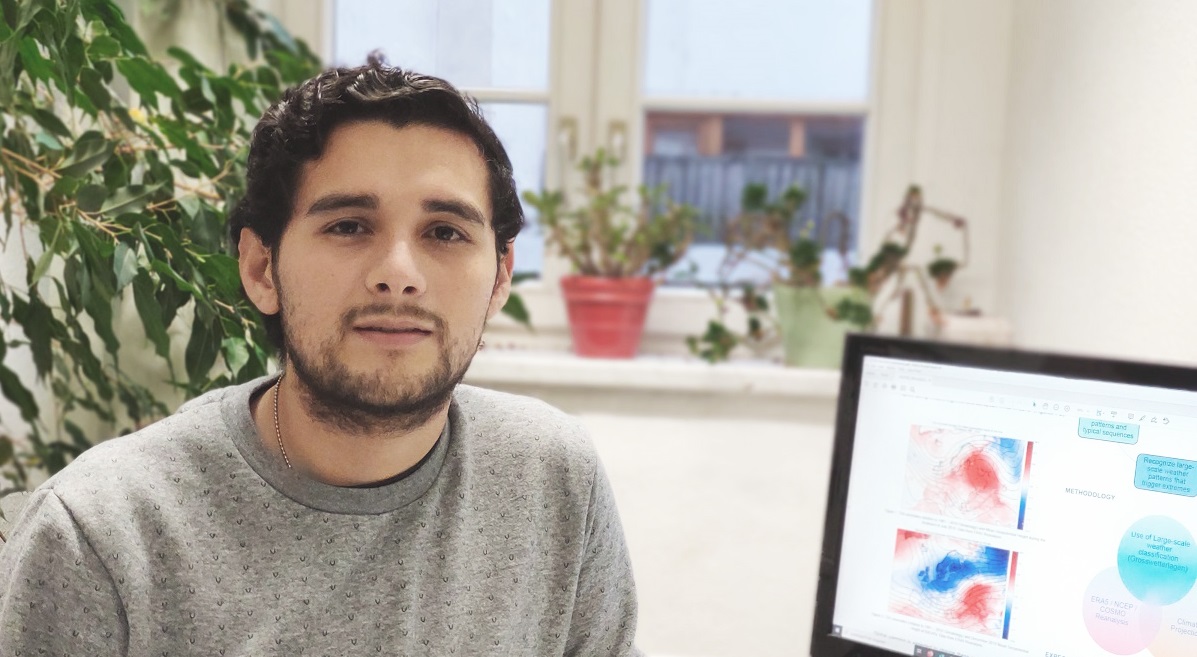The Innovative training network (ITN) CAFE, from a Marie Sklodowska-Curie Action financed by the European Commission, held its second workshop from March 23 to April 15, 2021, attended by all ESRs.
The 2nd CAFE Workshop took place over the last three weeks online, with the Potsdam Institute for Climate Impact Research (PIK) serving as its virtual host. The workshop included three inspiring guest lectures by experts in different areas and offered CAFE ESRs the opportunity to meet and report on the progress of their thesis projects. Even though a face-to-face meeting was not possible due to the global pandemic situation, it was once again a great forum for the CAFE network to meet as we move forward with the project.
During the first week, the workshop offered three keynote talks from international experts, open to the general public. These guest lectures were aimed at enhancing and complementing the academic training of the CAFE ESRs.
The first day of the workshop kick-started with a welcome by CAFE team members Álvaro Corral (Centre de Recerca Matemàtica) and Jürgen Kurths (Potsdam Institut fuer Klimafolgenforschung), followed by a guest lecture by Sabien Auer, founder and CEO elena international, a start-up specialized in energy transition that has developed an innovative software solution which allows the creation of grid-stable scenarios for the cost‐efficient expansion of renewable energy sources. During her lecture, under the title From Science to Business – Risks, Chances and Learnings, Dr. Auer shared her advice and experience when transferring scientific knowledge to the private sector and discussed its challenges.
During the second day of the workshop, we had a guest lecture delivered by Petra Friederichs, from the Meteorological Institute of the University of Bonn, about post-processing methods for spatial extremes. The first week of the workshop concluded with a lecture by Sue Ellen Haupt, senior scientist and deputy director at the Research Applications Laboratory of the National Center for Atmospheric Research (NCAR). Her talk was focused on the application of Machine Learning in weather and climate applications.
This workshop provided CAFE ESRs with valuable training and offered them the opportunity to report and present their progress on the individual projects to the rest of the network. All these will help the CAFE ESRs advance with their PhD theses, and also strengthen the bond between the members of the CAFE team.
Stay tuned on our website and twitter (@CAFE_S2SExtrem) for upcoming news and events!

